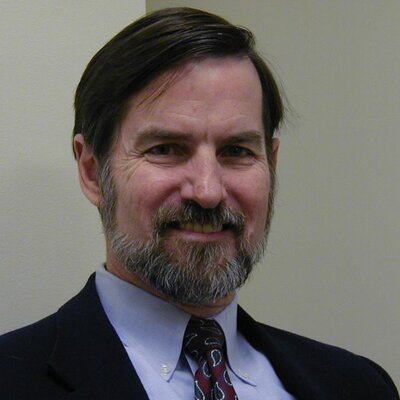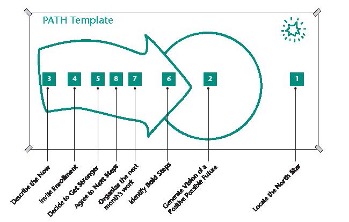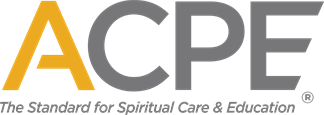
In my work in ministries with people with varied disabilities, time and time again, I have been struck with how resources developed to address a particular need have ended up having a much broader application. The most recent example for me was working with the Hospice Foundation of America on its website for autistic adults, their supporters, and caring professionals on grief, loss, and end-of-life issues. The language used took a lot of honing to be clear, direct, and non-abstract, which had me thinking over and over, “This applies to everyone.”
In the world of technology and tools, this paradox has a name, “the curb cut effect.” Ramps, audiobooks, OXO kitchen tools, and more are all examples. For CPE, it reminded me quickly of two resources that have universal applications for what we do in supervision and training: the PATH (Planning Alternative Tomorrow’s with Hope) Process and an emerging theory of education, Universal Design for Learning, otherwise known as UDL.
The PATH Process is one example of what is called “person-centered planning processes” in working with people with intellectual and developmental disabilities. Preferably done with a team of caring professionals and friends and often accompanied by graphic recording, the process begins with (1) asking someone about their “north star,” i.e., their dreams and hopes for their life, rather than with an analysis of current deficits or weaknesses. Then, (2) what steps would demonstrate significant progress toward that north star? And then, as in the graphic below, (3) one goes to where they are now, (4) who will be invited to help them, and (5) what is needed to help them stay strong (get stronger) in working toward their goals. Then a pause, and with (6), one starts working backward on the goals identified in Step 2. What steps do I need to take, for example, in my work in this unit of training? Then, (7) what steps do I need to take in this next month? And finally, (8) what am I going to do next week?

For a CPE Learning Contract, one is then invited to think about how a unit fits into their life hopes and plan, and how the resources (including supervisor and peers) in the program and in other parts of their lives can be used to help them accomplish their goals. It is, in essence, a personal strategic planning process, but also useful for groups, organizations (e.g., CPE departments), and more. Google it, and you will find a wide variety of groups using the process to facilitate all kinds of planning.
The second, Universal Design for Learning, is a comprehensive theory of educational design that arose from asking, “Instead of figuring out over and over again how to accommodate different needs and styles of learning into our current educational process, how do we begin with an educational process that is designed to be inclusive of multiple forms of learning?” It started in thinking about elementary and secondary school inclusive education, but now is being used and developed in post-secondary education. I am including four websites that are part of a resource listing developed by the ACPE Anti-ableism Task Force for your exploration. Suffice it to say, as you get into it, one realizes this educational theory could potentially be an incredibly valuable resource as pastoral educators seek to build programs that include people from many different backgrounds, ability/disability being only one of them.
My hunch: CPE uses more curb-cut effects than we know, and there are many more to be found and developed as we move towards our north stars of being accessible and inclusive in a world of rich diversity.
Bill Gaventa is an ACPE Retired Educator. He can be reached at Bill.gaventa@gmail.com.
[1] Universal Design for Learning in Higher Education. http://udloncampus.cast.org/page/udl_landing. Definitions, examples of applications, tips for getting started, with helpful lists, videos, and more. Very helpful and comprehensive chart on Guidelines for UDL focused in three areas: multiple means of engaging students, representation of information, and action/expression.
Universal Design for Learning and Its Application to Clinical Placements in Health Science Courses https://files.eric.ed.gov/fulltext/EJ1093589.pdf Article also from Ireland, describing evolution of UDL, four levels of UDL, and use of some case studies.
Universal Design for Learning to support nursing students: Experiences in the Field https://www.ahead.ie/journal/Universal-Design-for-Learning-to-support-nursing-students-Experiences-in-the-Field. Helpful framework for using UDL to avoid over-adjusting or under-adjusting to the needs of a particular student and gives examples on how accommodations can be made to assist all learners.
Book: UDL University: Designing for Variability Across the Post-secondary Curriculum
UDL, Universal Design for Learning • Loui Lord Nelson (theudlapproach.com)


